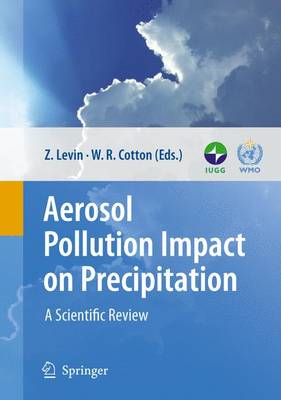Life on Earth is critically dependent upon the continuous cycling of water between oceans, continents and the atmosphere. Precipitation (including rain, snow, and hail) is the primary mechanism for transporting water from the atmosphere back to the Earth’s surface. It is also the key physical process that links aspects of climate, weather, and the global hydrological cycle. Changes in precipitation regimes and the frequency of extreme weather events, such as floods, droughts, severe ice/snow storms, monsoon fluctuations and hurricanes are of great potential importance to life on the planet. One of the factors that could contribute to precipitation modification is aerosol pollution from various sources such as urban air pollution and biomass burning. Natural and anthropogenic changes in atmospheric aerosols might have important implications for precipitation by influencing the hydrological cycle, which in turn could feed back to climate changes.
From an Earth Science perspective, a key question is how changes expected in climate will translate into changes in the hydrological cycle, and what trends may be expected in the future. We require a much better understanding and hence predictive capability of the moisture and energy storages and exchanges among the Earth’s atmosphere, oceans, continents and biological systems. This book is a review of our knowledge of the relationship between aerosols and precipitation reaching the Earth's surface and it includes a list of recommendations that could help to advance our knowledge in this area.
- ISBN13 9789048179534
- Publish Date 19 October 2010 (first published 7 October 2008)
- Publish Status Active
- Publish Country NL
- Imprint Springer
- Edition Softcover reprint of hardcover 1st ed. 2009
- Format Paperback
- Pages 386
- Language English
